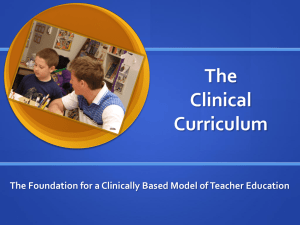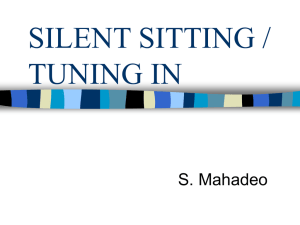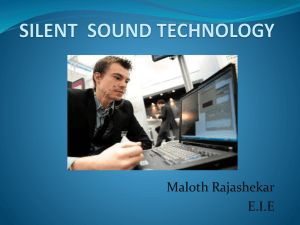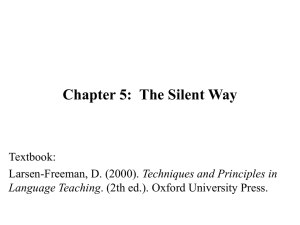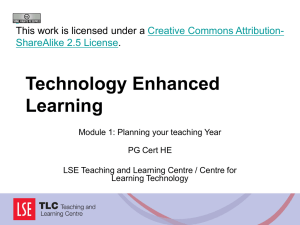Clinical Features of Mal-union and Non
advertisement
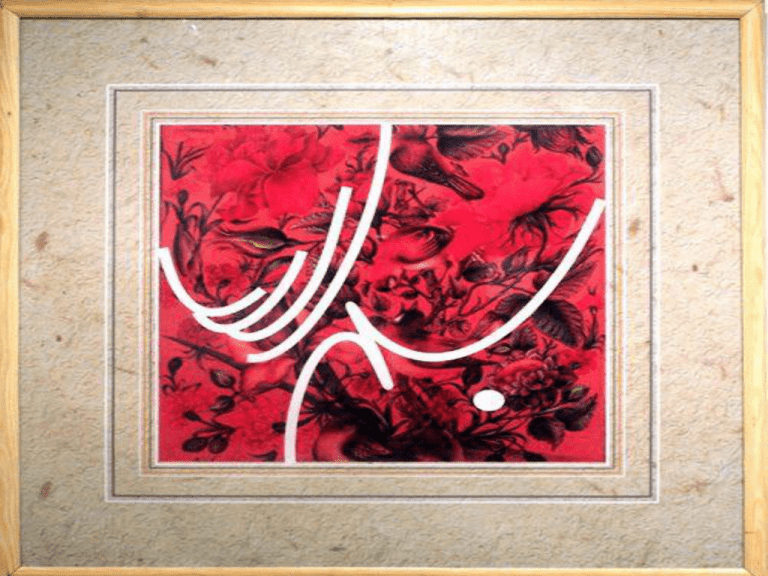
Reza Sh. Kamrani M.D. TUMS POTA refreshment symposium 20/1/88 Pain Motion Function impairment Clinical importance of Clinical findings Definition Diagnosis Classification Treatment Bone has a remarkable capacity of healing (regeneration) UNION Monitoring Radiologically and Clinically Biology and Biomechanics of healing and fixation is very important to monitor healing Bone healing process; Enchondral ossification, Callus formation Direct osteonal healing. Non-callus Contact healing Gap healing Callus Stages of healing 1- hematoma formation 2- inflammatory response 3- reparative phase 4- remodeling Fx. Healing is said to be complete when repopulation of the marrow space occure (months to years ) There is always a race between healing and implant failure Implant failure; rarely; catastrophic overload usually; a fatigue failure between bone implant / implant itself Endurance limit; A stress more than one can be borne with infinite number of cycle Implant construction Load bearing More stress on the implant and bone-implant Load sharing In complex reconstructions with load sharing in spite of incomplete healing progressive failure occures quite late Delayed union; A Fx. That has not healed within its expected healing time Can go on to heal to non-union Histological Callus formation prominent Interfragmenting tissue consist of fibrous tissue Non-union; A Fx. That has not healed without an intrvention Failure to show any progressive changes in radiographic appearance for at least 3 months after expected union period time Repair is not completed in expected period and the cellular activity for healing is ceased Union is not achieved in 6-8 months Weber and Czech Hypertrophic, viable Elephant foot Horse hoof oligotrophic Atrophic, non viable Torsion wedge Comminuted Defect Pseudoarthrosis Weber and Czech Hypertrophic, viable Elephant foot Horse hoof oligotrophic Atrophic, non viable Torsion wedge Comminuted Defect Pseudoarthrosis Weber and Czech Hypertrophic, viable Elephant foot Horse hoof oligotrophic Atrophic, non viable Torsion wedge Comminuted Defect Pseudoarthrosis Weber and Czech Hypertrophic, viable Elephant foot Horse hoof oligotrophic Atrophic, non viable Torsion wedge Comminuted Defect Pseudoarthrosis Paley and Herzenberg Stiff (<5 degrees mobility) Partially mobile (5-20 degrees) flail (>20 degrees) Paley and Herzenberg Stiff (<5 degrees mobility) Partially mobile (5-20 degrees) flail (>20 degrees) Kamrani, himself Clinically silent, Natural history silent Clinically silent, Natural history progressive Clinically obvious, treatment is curative Clinically obvious, treatment is more hazardous Kamrani, himself Clinically silent, Natural history silent Clinically silent, Natural history progressive Clinically obvious, treatment is curative Clinically obvious, treatment is more hazardous Kamrani, himself Clinically silent, Natural history silent Clinically silent, Natural history progressive Clinically obvious, treatment is curative Clinically obvious, treatment is more hazardous Kamrani, himself Clinically silent, Natural history silent Clinically silent, Natural history progressive Clinically obvious, treatment is curative Clinically obvious, treatment is more hazardous Kamrani, himself Clinically silent, Natural history silent Clinically silent, Natural history progressive Clinically obvious, treatment is curative Clinically obvious, treatment is more hazardous Severity of local injury Type of bone Cancellous / Cortical Specific bones Radiation Systemic factors Age Illness Hormons Smoking NSAIDs Diagnostic importance Radiologic findings equivocal Radiologic finding is misleading Radiologic drawbacks Direct healing Clinical union prior to radiologic union Pain Motion Function impairment Discomfort Pain Rarely acute failure of implant Usually progressive failure Sometimes masked with rigid fixation Pain related to concomitant injury Infected union may be painful Motion Subtle Frank Sometimes masked with rigid fixation Motion Subtle Frank Sometimes masked with rigid fixation Functional impairment Discomfort Still diagnosis is not simple in all cases Hand and Foot Clinical union before radiologic union Crush injuries Distal phalanx 5th metatars and talus and scaphoid are at risk Forearm Non-union rate 2-3% Non-union of one bone Styloid ulna non-union Benefit of non-union Humerus Femur Incidence ; 2-17% Risk factors Infection Vascular insult Insufficient fixation Distraction NSAIDs Open fracture Femur Expected union time 80-200 days in reamed IM nail Definition Lack of progression of healing combined with clinical symptoms of discomfort at minimum of 6 months Femoral neck Risk fctor; Primary displacement Union without callus formation Expected union time 3 m for delay union 6 m for nonunion Femoral neck Pain after 3 months of fracture AVN Non-union MRI CT Scan Bone scan with pin colometer (85-90% for AVN) Tibia The definition of what constitutes a tibial non-union is surprisingly difficult Expected time for closed fractures; 16-19 m Failed to union within 9 months with no progressive changes in radiography for at least 3 months Tibia Clinical finding Continuing pain at the Fx. Site Associated with motion and local swelling Confused clinical findings in large reamed IM nail Infected union is symptomatic Classification; Kamrani himself Clinically silent, Natural history silent Clinically silent, Natural history progressive Clinically obvious, Natural history progressive Clinically obvious, Natural history silent Classification; Kamrani himself Clinically silent, Natural history silent Clinically silent, Natural history progressive Clinically obvious, Natural history progressive Clinically obvious, Natural history silent Classification; Kamrani himself Humerus Clinically silent, Natural history silent Clinically silent, Natural history progressive Clinically obvious, Natural history progressive Clinically obvious, Natural history silent Classification; Kamrani himself Clinically silent, Natural history silent Clinically silent, Natural history progressive Clinically obvious, Natural history progressive Clinically obvious, Natural history silent Scaphoid Classification; Kamrani himself Clinically silent, Natural history silent Clinically silent, Natural history progressive Clinically obvious, Natural history progressive Clinically obvious, Natural history silent Superamalleolar Classification; Kamrani himself Clinically silent, Natural history silent Clinically silent, Natural history progressive Clinically obvious, Natural history progressive Clinically obvious, Natural history silent Cubitus varus
